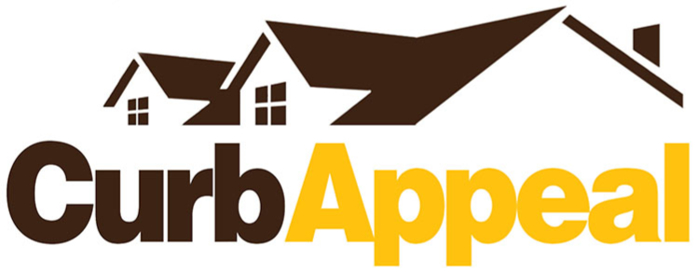Photo: © bmak - Adobestock

Existing-home sales rates have been fluctuating over the past few months, and the trend continued into January. Sales were down 1.3%, according to the National Association of Realtors (NAR). Most of the sales regions across the country reported minimal to no changes in sales, but significant sales declines in the West were enough to influence nationwide numbers. January sales improved slightly in the Midwest and the South. Year-over-year sales, meanwhile, increased in every sales region in the country.
Housing Inventory Remains Tight
Low housing inventory levels continued to plague the market. At the end of January, there were 1.42 million units available for sale, up 2.2% from a month ago but down a staggering 10.7% from a year ago. This is the lowest inventory level for January on the record since 1999. At the current sales pace, inventory levels would last only 3.1 months, up from 3.0 months in December but down from the 3.8-month supply in January 2019.
Home Prices Continue to Rise
Median home prices climbed in each sales region, with the strongest price gain in the Northeast. Across the country, the median existing-home price for all housing types reached $266,300. This was a 6.8% increase from a year earlier when the median home price was $249,400. What's more, year-over-year home prices have been on the rise for the past 95 consecutive months. According to Lawrence Yun, chief economist for the NAR, "Mortgage rates have helped with affordability, but it is supply conditions that are driving price growth."
Who's Buying?
First-Time Buyers: First-time buyers accounted for 32% of all sales in January; this is up from 31% a month ago and 29% a year ago. According to the NAR "2019 Profile of Home Buyers and Sellers," the annual share of first-time buyers in 2019 was 33%. Yun sees the presence of first-time buyers in the market as encouraging: "The rise in the homeownership rate among the younger adults, under 35, and minority households means an increasing number of Americans can build wealth by owning real estate." He cautions, however, that more inventory is necessary to further expand opportunities for this group of buyers. An increase in new-home construction could help boost affordability.
Investors: Cash sales are mainly made by individual investors and second-home buyers; this group accounted for 17% of all purchases in January, unchanged from December and up from 16% in January 2019. Of all the sales recorded in January, 21% were all-cash transactions. This was up from 20% a month ago but down from 23% a year ago.
Days on Market: The average property remained available for sale for 43 days in January. In comparison, properties remained on the market for 41 days in December and 49 days in January 2019. Of all the homes sold in January, 42% sold in under a month.
Regional Breakdown
Northeast - Existing-home sales annual rate of 730,000; unchanged from December 2019 and an increase of 7.4% from January 2019. The median sales price increased 11.5% from January 2019.
Midwest - Existing-home sales annual rate of 1.29 million; an increase of 2.4% from December 2019 and 8.4% from January 2019. The median sales price increased 5.4% from January 2019.
South - Existing-home sales annual rate of 2.38 million; an increase of 0.4% from December 2019 and 11.7% from January 2019. The median sales price increased 6.3% from January 2019.
West - Existing-home sales annual rate of 1.06 million; a decrease of 9.4% from December 2019 but an increase of 8.2% from January 2019. The median sales price increased 5.2% from January 2019.










